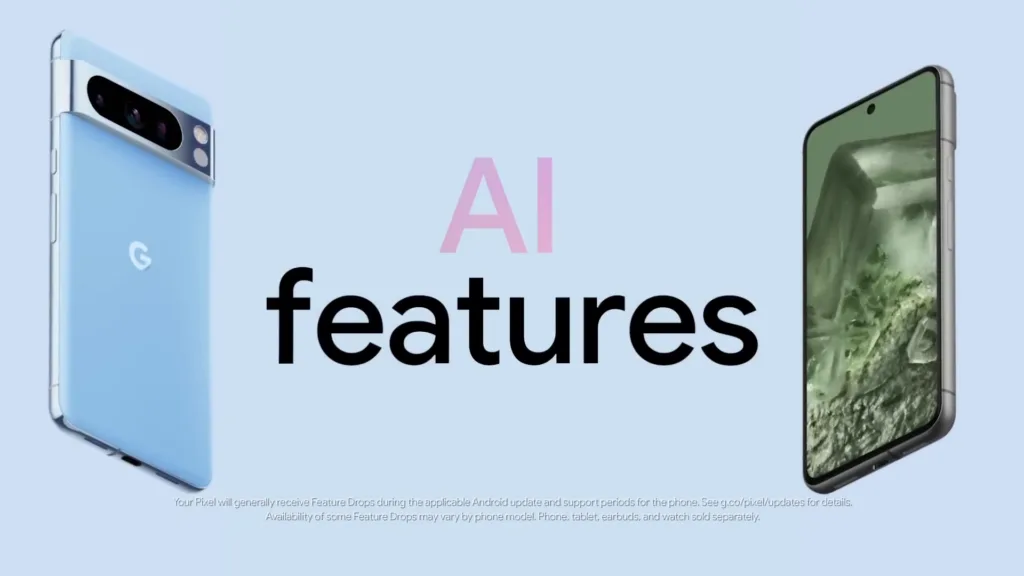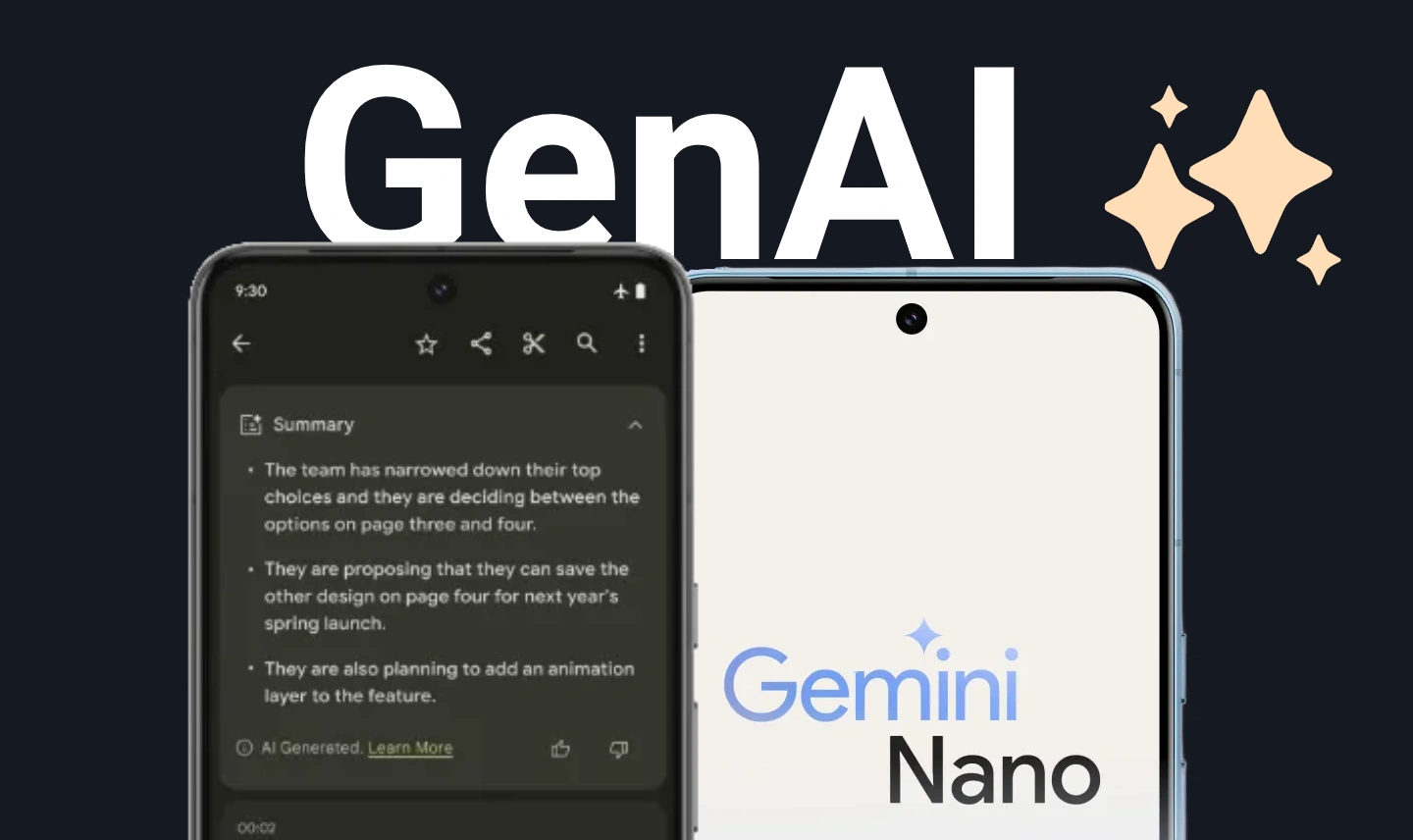Last Updated on July 21, 2024 by Team Yantra
Remember when Google’s Pixel first came with awesome camera capabilities? Beating the likes of iPhone and Galaxy in every click. Improving further with introduction of Night Sight, clicking great images even in low light conditions. This kind of software magic was not seen before that.
That innovation marked the onset of use of advanced software algorithms in smartphones, a domain previously uncharted by even giants like Apple and Samsung. The innovation was called computational photography.
This leap forward was not an isolated incident but a harbinger of an AI-driven transformation in the smartphone industry.
The Evolution from Computational to Generative AI
Computational Photography: The First Steps
Initially, computational photography focused on overcoming the limitations of smartphone hardware. Instagram filters, auto-enhancements, were our first glimpse into this.
Then came Google Pixel 2 series with Night Sight photography, giving smartphones the ability to click great pictures in dark conditions. The Night Sight was explained as – machine learning techniques built on top of HDR+.
These machine learning techniques or neural networks were early signs of use of AI in smartphones.
These tools processed images using complex algorithms to enhance quality, especially in challenging light conditions.
Generative AI: The Next Frontier
Now, we’re witnessing the emergence of Generative AI (GenAI) in smartphones, an evolution that extends AI’s scope beyond mere image processing. GenAI isn’t just about improving what’s already there; it’s about creating something new, from wallpapers to altering photo contents.
Google Pixel’s – The leader in use of GenAI
Google has been a pioneer in integrating AI into smartphones, as we have seen first with signature Pixel photography, then introduced the Tensor core in their Pixel 8 series exemplifying this.

Features like photo editing with generative AI, live translation, and advanced photo unblurring for pets highlight Google’s commitment to pushing the boundaries of AI in smartphones.
GenAI feature – Best Take

GenAI feature – Magic Editor

Taking this one step further, Pixel 8 Pro became the first smartphone to run a full-fledged GenAI model — By running Gemini Nano. Gemini Nano is the smaller variant of the AI model Gemini introduced by Google in December
Samsung’s Leap into GenAI
Samsung, not to be left behind, is embracing the GenAI trend with its upcoming S24 series. Leaks and teasers hint at enhanced AI features, likely powered by Google’s AI model Nano.

The inclusion of powerful processors like the Exynos 2400 and Snapdragon 8 Gen 3, with dedicated AI processing units, underscores the industry’s shift towards AI-centric devices.
Where is Apple in all this?
Apple, being Apple, is closely monitoring the GenAI trend, strategically planning to integrate it in the “Apple Way.” They recently released of the MLX machine learning framework focused on for Apple Silicon. It can be used to train or fine tune transformer language models on Apples.
Apple also released open-source llm AI model “Ferret”, both releases clearly show Apple is not out of the GenAI game.
Apple’s Unique Position
Apple’s approach to GenAI is characterized by a blend of innovation and cautious integration, ensuring that any new features align with their walled ecosystem and provide a seamless user experience.
The Emergence of ChatGPT Mobile Apps
The development of ChatGPT mobile apps also marks a significant milestone in AI accessibility, bringing advanced AI functionalities to a broader audience.

The Influence on the Market
ChatGPT’s apps demonstrate the potential of GenAI in everyday smartphone use, offering a glimpse into future applications that could become standard features in upcoming smartphone models.
The Impact of Generative AI on the Smartphone Industry
The latest report from Counterpoint Research Insights suggests GenAI is the next big thing in smartphone world.
- Over 1 billion GenAI smartphones are expected to be shipped between 2024-2027.
- The GenAI smartphone market share is predicted to reach 40% by 2027, with Samsung and key Chinese OEMs leading the charge.
- Qualcomm is poised to dominate this market, with MediaTek following suit.
Generative AI: More Than a Feature
Unlike previous AI implementations, GenAI isn’t limited to passive tasks. It’s about enabling new, user-controlled experiences.
From Pixel AI to Qualcomm’s Snapdragon 8 Gen 3 processor, which offers enhanced AI processing, to Apple’s rumored AI enhancements across its product range, GenAI is poised to redefine smartphone functionality.
Privacy and Data Security in the Age of GenAI
A critical aspect of GenAI’s integration into smartphones is the handling of personal data.
With availability of AI apps like ChatGPT, the AI accesibility has indeed increased by multifold. But the data is still processed in the cloud away from the device.
Therefore, the on-device GenAI becomes all more important. Gemini Nano in Pixel 8 Pro is one direction is this direction. Add to this, Qualcomm and Apple emphasize on-device processing for privacy and security.
This approach ensures that sensitive data remains confined to the device, offering a more secure and personalized user experience.
Conclusion
As we step into 2024, the smartphone industry is on the cusp of a significant transformation. Generative AI is not just a new feature; it’s a paradigm shift that will redefine how we interact with our devices.
From creating the perfect group photo to generating new content on-demand, GenAI is set to make our smartphones more intuitive, personalized, and capable than ever before.
As the smartphone industry evolves with these exciting and innovative AI advancements, staying informed and adapting to these changes will be crucial for users and developers alike.
The era of GenAI in smartphones promises not just enhanced functionalities, but also a shift in how we perceive and utilize our most personal devices.

Leave a Reply
You must be logged in to post a comment.